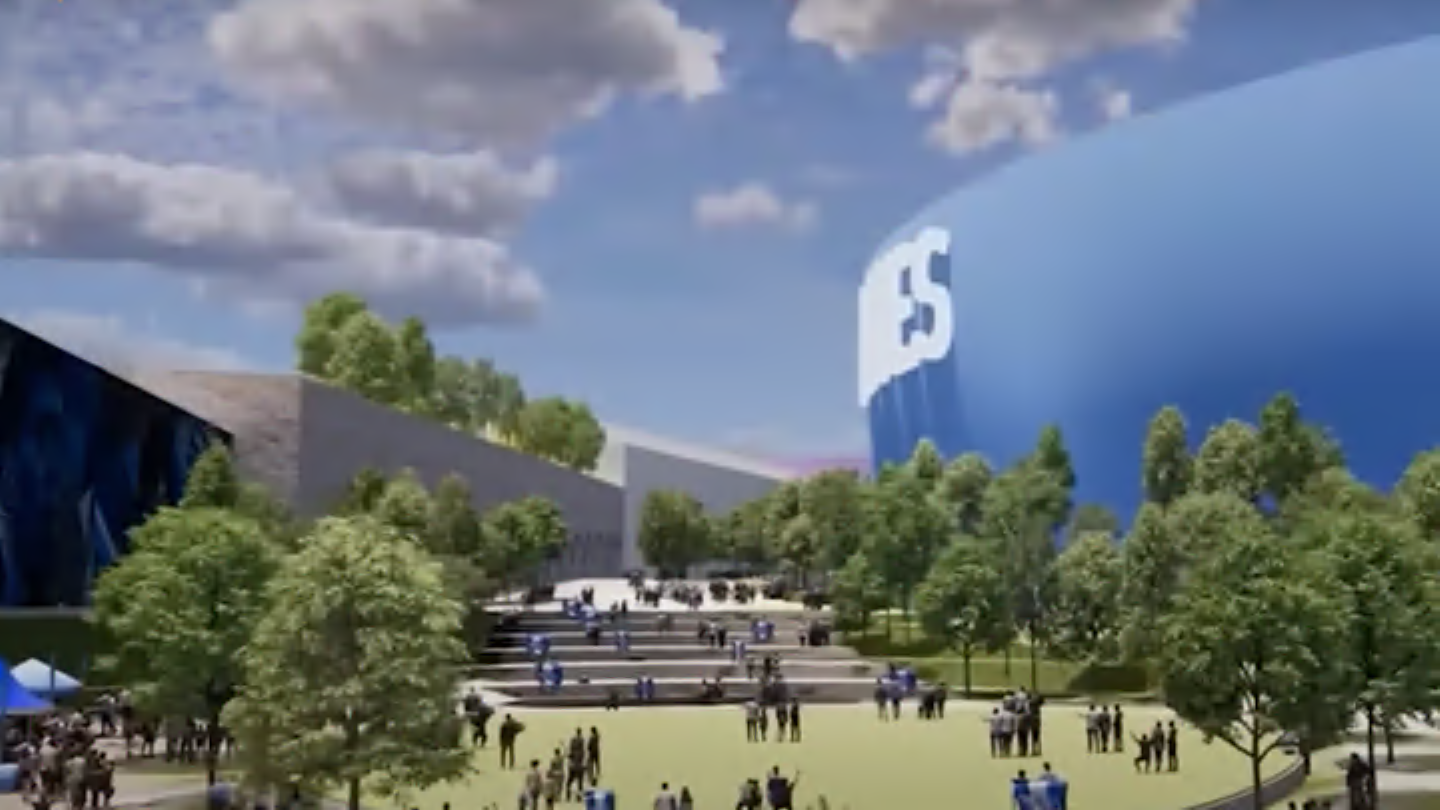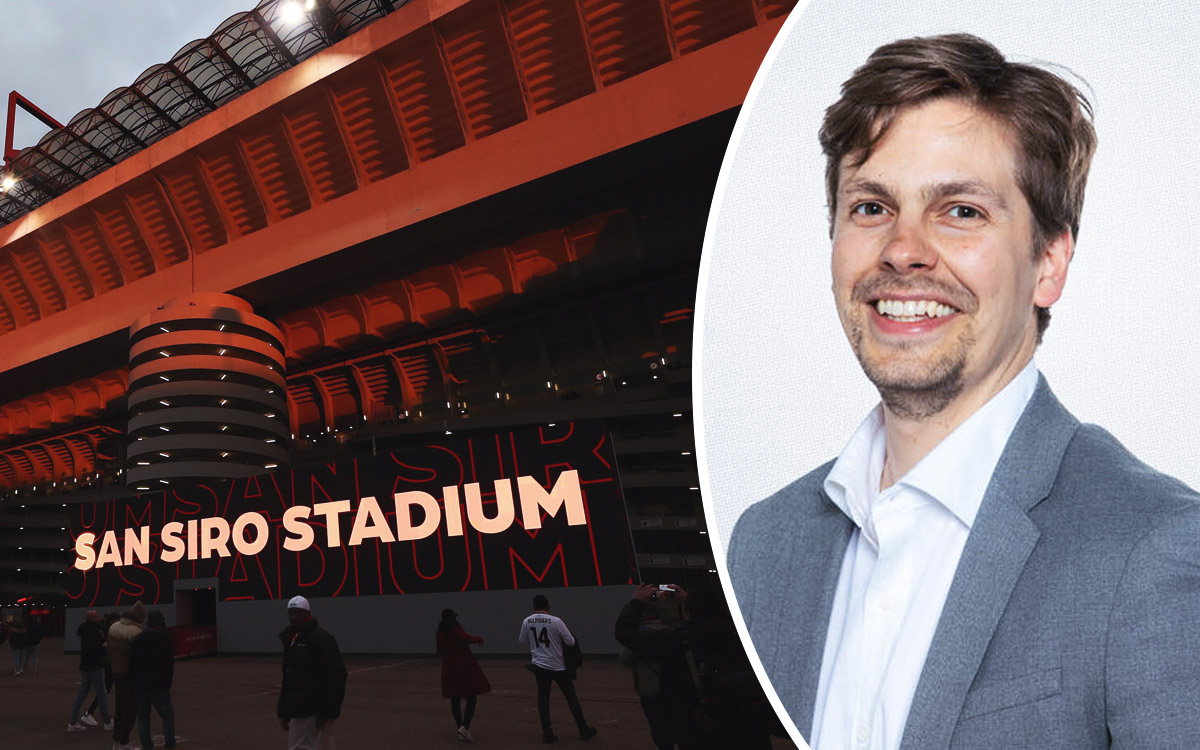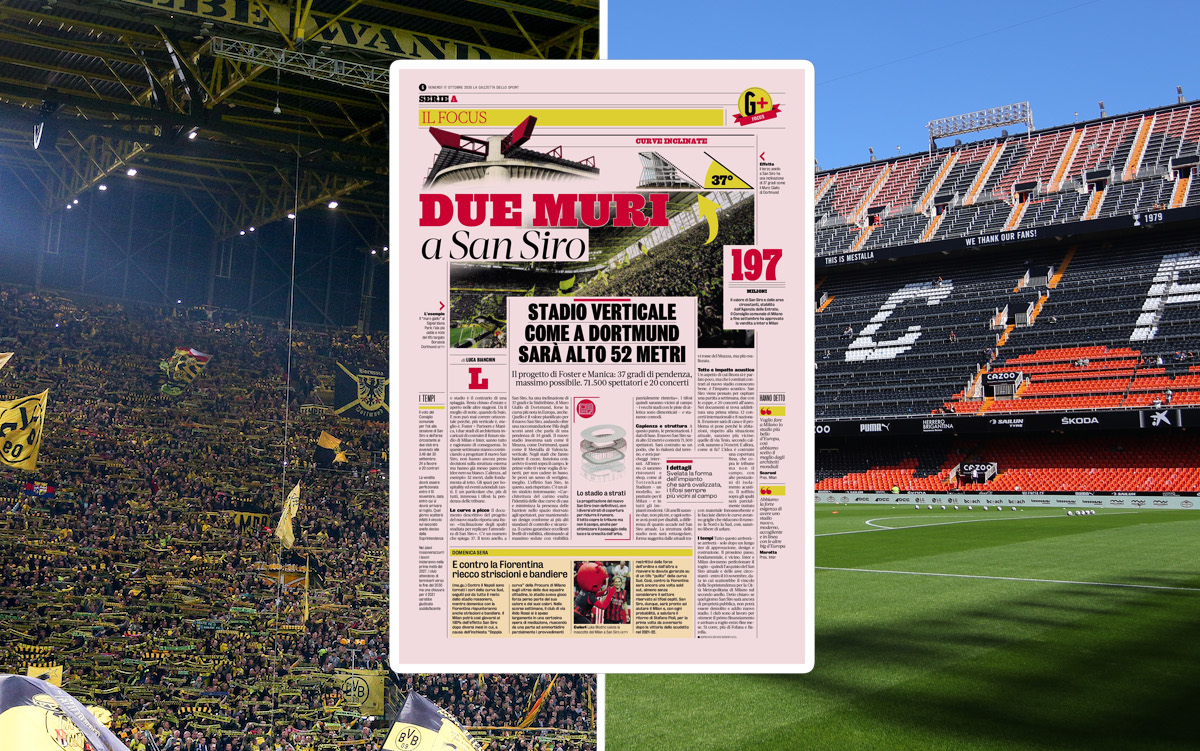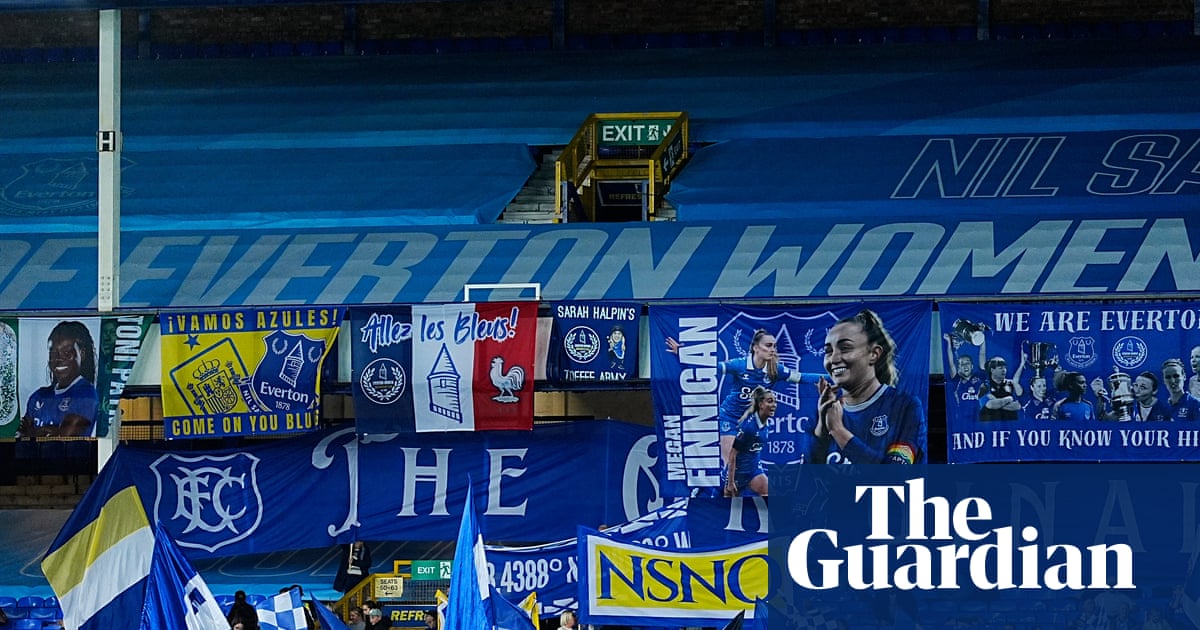fromThe New Yorker
2 weeks agoHow the Sports Stadium Went Luxe
Angell covered baseball for this magazine for many years, in addition to editing fiction, and although he was ostensibly there to scout the Astros-the team had finished thirty-two games behind the National League-pennant-winning Dodgers the year before-he was distracted from his scorecard by the orange spacesuits and white helmets worn by the groundskeepers, the rainbow-colored tiers of seats, and the billiard-table green of the first synthetic field in pro sports, made of a brand-new Monsanto product called AstroTurf.
Major League Baseball










